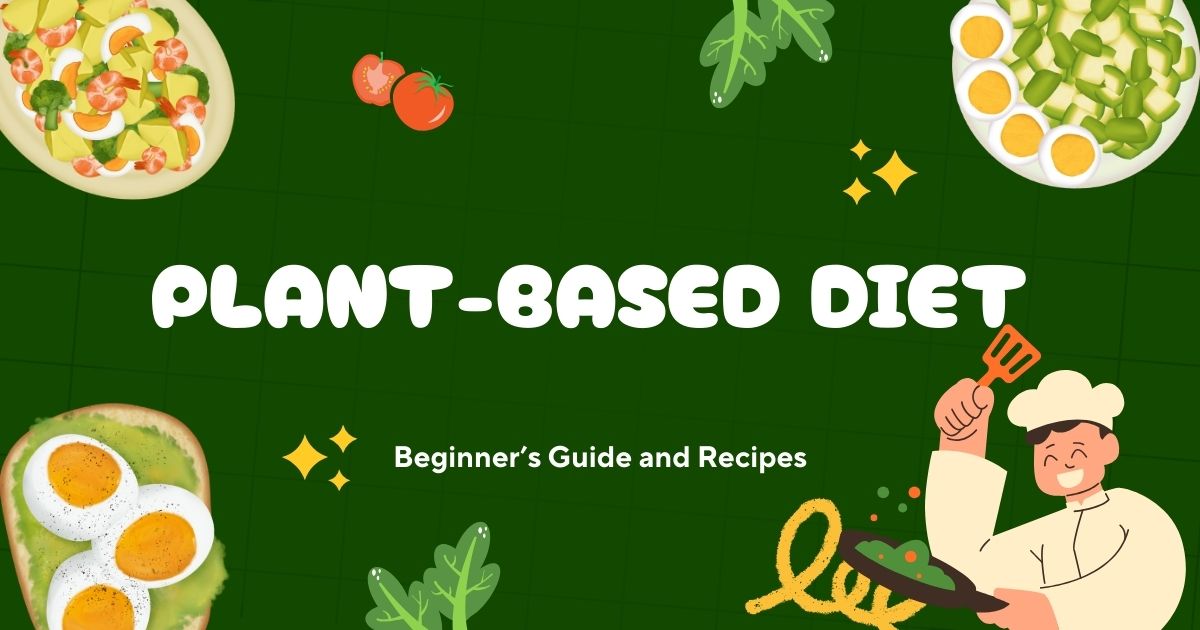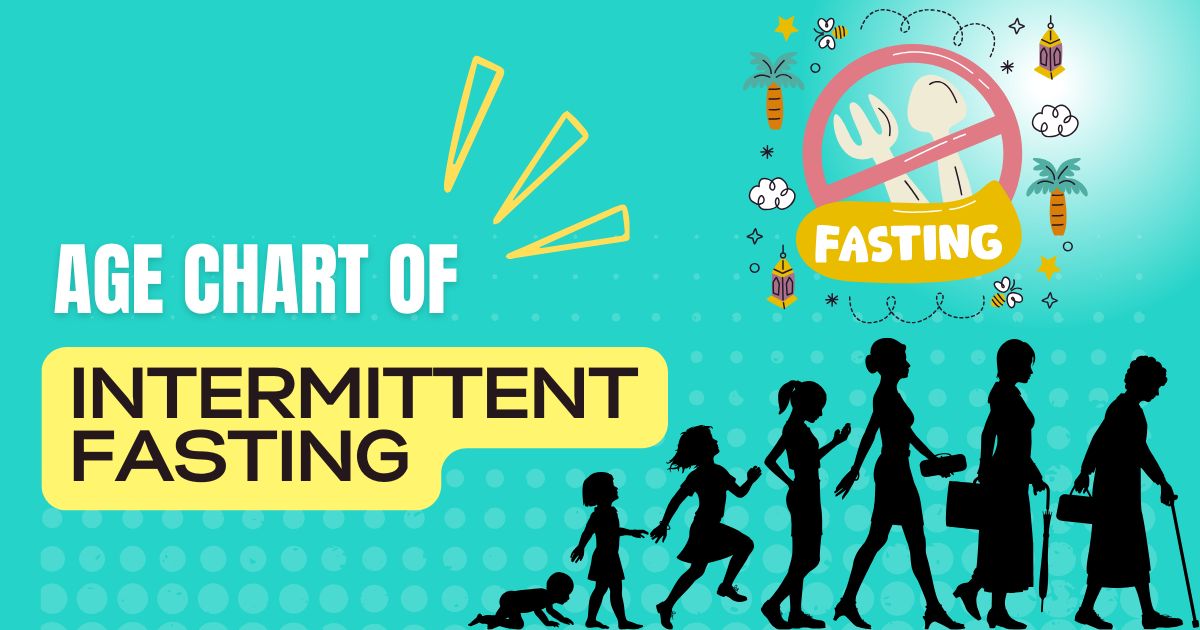A plant-based diet has become increasingly popular due to its numerous health benefits, ethical considerations, and environmental impact. Whether your goal is to improve heart health, boost energy, or reduce your carbon footprint, adopting a plant-based lifestyle can be both rewarding and delicious. This guide is designed for beginners, offering practical tips, meal ideas, and easy recipes to help you transition smoothly.
What Is a Plant-Based Diet?
A plant-based diet focuses primarily on fruits, vegetables, whole grains, legumes, nuts, and seeds, while minimizing or eliminating animal products. It’s different from a strict vegan diet in that some people may occasionally include small amounts of dairy, eggs, or fish.
Key components of a plant-based diet:
-
Vegetables and leafy greens
-
Fruits
-
Legumes (beans, lentils, chickpeas)
-
Whole grains (brown rice, quinoa, oats)
-
Nuts and seeds
-
Healthy plant oils (olive oil, avocado oil)
Benefits of a Plant-Based Diet
-
Supports Heart Health
Plant-based foods are rich in fiber, antioxidants, and healthy fats, reducing the risk of heart disease. -
Promotes Weight Management
High-fiber foods keep you full for longer, naturally reducing calorie intake. -
Improves Digestion
Fiber-rich plant foods support gut health and prevent constipation. -
Reduces Risk of Chronic Diseases
A plant-based diet can lower the risk of type 2 diabetes, certain cancers, and hypertension. -
Environmentally Friendly
Plant-based diets reduce carbon footprint, conserve water, and decrease greenhouse gas emissions.
How to Start a Plant-Based Diet
1. Begin Gradually
Transitioning overnight can feel overwhelming. Start by incorporating one plant-based meal per day and gradually increase.
2. Plan Your Meals
Create a weekly meal plan that includes breakfast, lunch, dinner, and snacks. Focus on variety to ensure balanced nutrition.
3. Stock Your Pantry
Keep staples like beans, lentils, quinoa, oats, nuts, and frozen vegetables on hand for quick and nutritious meals.
4. Explore Plant-Based Protein
Protein sources include:
-
Lentils, chickpeas, and black beans
-
Tofu and tempeh
-
Quinoa
-
Nuts and seeds
-
Plant-based protein powders (optional)
5. Learn Flavor Techniques
Use herbs, spices, and sauces to add flavor. Nutritional yeast, garlic, ginger, and lemon juice can make plant-based meals more delicious.
Beginner-Friendly Plant-Based Recipes
Breakfast Ideas
-
Overnight Oats: Rolled oats soaked in almond milk with chia seeds, berries, and a drizzle of maple syrup.
-
Green Smoothie: Spinach, banana, almond milk, flaxseed, and protein powder blended for a nutrient-packed start.
-
Avocado Toast: Whole-grain bread topped with mashed avocado, cherry tomatoes, and sesame seeds.
Lunch Ideas
-
Quinoa Salad: Cooked quinoa with chickpeas, cucumber, bell peppers, and lemon-tahini dressing.
-
Veggie Wrap: Whole-grain tortilla with hummus, spinach, shredded carrots, and roasted peppers.
-
Lentil Soup: Simmer lentils with tomatoes, onions, garlic, and spices for a hearty meal.
Dinner Ideas
-
Stir-Fried Tofu with Veggies: Tofu sautéed with broccoli, carrots, bell peppers, and soy sauce.
-
Chickpea Curry: Chickpeas cooked in coconut milk with curry spices, served with brown rice.
-
Stuffed Bell Peppers: Bell peppers filled with quinoa, black beans, corn, and tomato sauce.
Snack Ideas
-
Fresh fruit or veggie sticks with hummus
-
Mixed nuts and seeds
-
Energy balls made from dates, oats, and nut butter
Tips for Success on a Plant-Based Diet
-
Focus on Variety – Eating a range of colors ensures you get diverse nutrients.
-
Watch Your Nutrients – Pay attention to B12, iron, omega-3s, and calcium. Supplements may be needed in some cases.
-
Stay Hydrated – Drink plenty of water to support digestion and overall health.
-
Experiment and Have Fun – Try new recipes, cuisines, and plant-based ingredients to keep meals exciting.
-
Plan for Eating Out – Look for plant-based menu options or request modifications at restaurants.
Common Challenges and How to Overcome Them
-
Cravings for Animal Products: Incorporate flavorful plant-based alternatives like tempeh, seitan, or plant-based cheeses.
-
Limited Time for Cooking: Batch cook meals or prep ingredients in advance.
-
Nutrient Deficiencies: Include fortified foods, leafy greens, beans, nuts, seeds, and consider supplements for B12 or omega-3s if needed.
-
Social Situations: Bring your own plant-based dish to gatherings or suggest restaurants with vegan options.
Final Thoughts
Adopting a plant-based diet doesn’t have to be intimidating. By starting gradually, planning meals, and exploring flavorful recipes, beginners can enjoy the numerous health benefits while keeping meals exciting and satisfying. Whether your goal is improved health, environmental sustainability, or ethical choices, a plant-based diet offers a sustainable and delicious way to nourish your body
Also Read : Natural Remedies vs. Modern Medicine – When to Choose What
FAQs
Q1. Is a plant-based diet suitable for beginners?
Yes. Starting with a few plant-based meals per week and gradually increasing makes it easy to adapt.
Q2. Can I get enough protein on a plant-based diet?
Absolutely. Lentils, beans, tofu, tempeh, nuts, seeds, and quinoa provide adequate protein.
Q3. Are plant-based diets safe for children and pregnant women?
Yes, as long as meals are balanced and nutrient needs are met, including B12, iron, calcium, and omega-3 fatty acids.
Q4. Can I lose weight on a plant-based diet?
Yes. High-fiber, low-calorie plant foods help with weight management when paired with portion control.
Q5. Is a plant-based diet expensive?
Not necessarily. Staples like beans, lentils, oats, rice, and seasonal vegetables are affordable and versatile.



